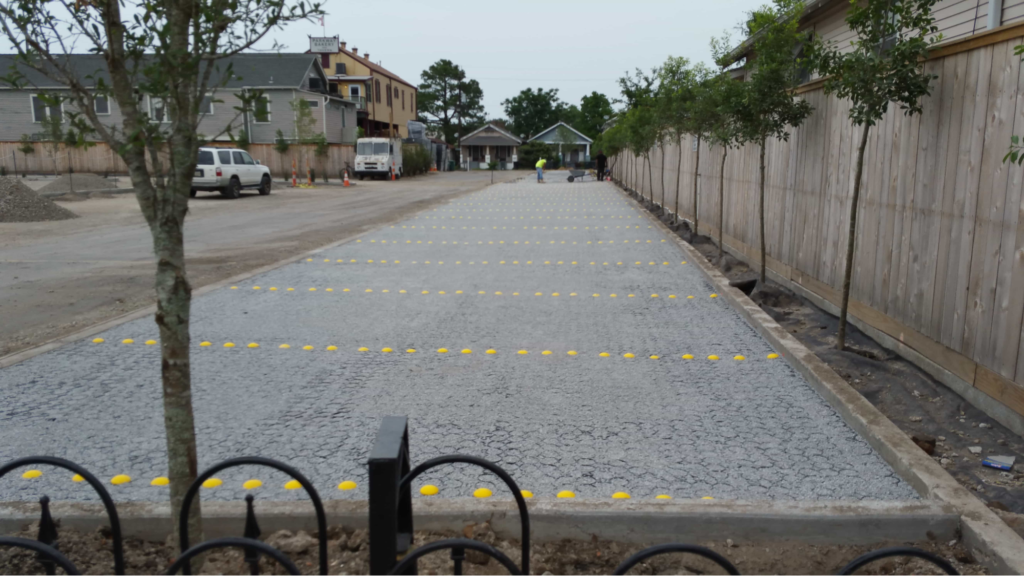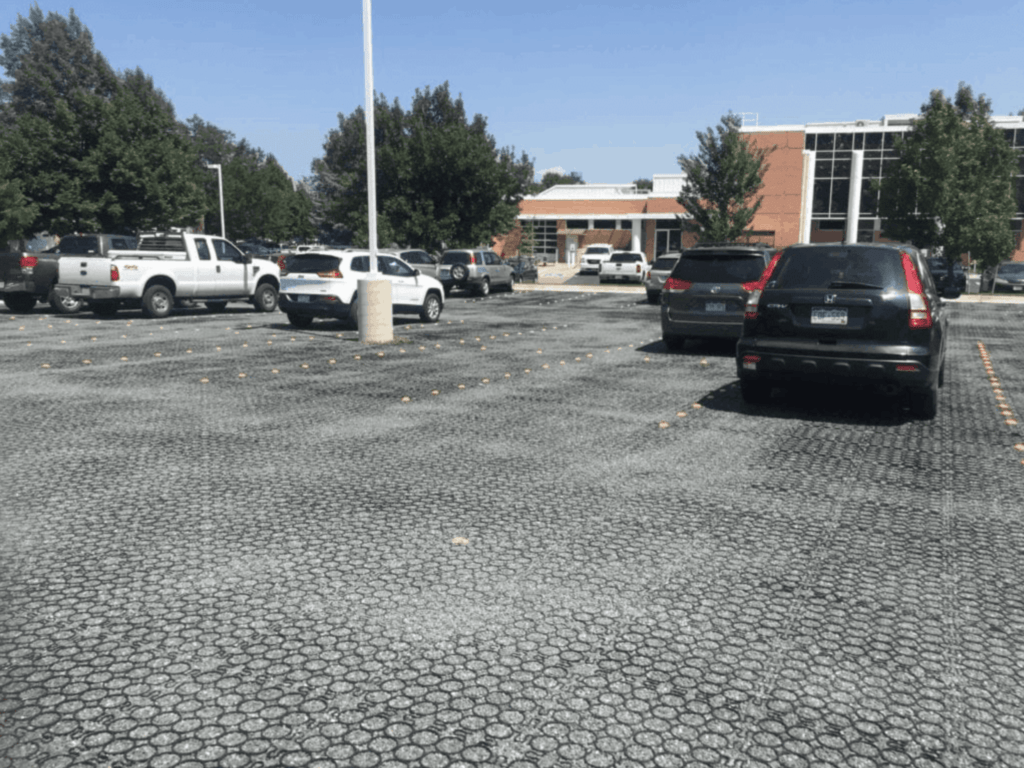Managing stormwater is one of the most important aspects of maintaining a city or town. Cities and towns are generally paved with impermeable materials and this creates a scenario where you have many square acres of impermeable land.

Land that cannot drain its own stormwater naturally needs additional drainage systems implemented to direct the flow of stormwater into underground sewers and local bodies of water like rivers and lakes.
Not properly dealing with stormwater can lead to dire consequences for local bodies of water, nearby animals and wildlife, homes, businesses, and much more. Luckily, there’s a concerted set of strategies in place for dealing with stormwater runoff. The stormwater runoff coefficient is one of the ways that city planners are able to plan for expected amounts of stormwater.
In case you’re looking for information on how to best manage stormwater in a city or town, let’s take a look at why it’s so important and how you can use the stormwater runoff coefficient to effectively manage the stormwater in your area.
Why is it Important to Effectively Manage Stormwater?

Stormwater can have a whole host of dire consequences on a town or city if not managed properly. First, if stormwater is not given the proper channels to travel that it deserves, it can flood through an area and cause massive damage.
This includes flooding and destroying businesses, homes and vehicles, and putting pets and humans alike at risk of injury and death. It can also cause other issues like flooding the drain fields for septic systems, eroding stream channels, and destroying habitats.
Another reason why it’s so important to effectively manage stormwater is that not doing so can lead to pollution in local rivers and lakes. Stormwater that isn’t managed with a runoff coefficient in mind will travel along streets and through parking lots and other paved areas, picking up pollutants along the way and delivering them to any local rivers or bodies of water they may be connected to.
This obviously has an adverse effect on the wildlife within those areas and can make water unsuitable for recreational activity as well. Some of the most common pollutants that we find in local rivers and lakes from stormwater runoff include antifreeze, oil, grease, heavy metals from vehicles, pesticides, garden chemicals, chemicals from businesses and homes, bacteria from failing septic systems, and sediment from construction sites that aren’t using best practices for preventing pollution.
There are also the unforeseen financial consequences on a city or town when polluted stormwater is allowed to consistently enter rivers and lakes. They can include a loss of tourism, destruction of local fishing industries, less recreational opportunity, and an increase in the cost of raw water treatment. Drownings in floods and contaminated drinking water also add to the widespread devastation that can all stem from improperly managed stormwater.
Using a Coefficient Table for Stormwater Runoff Management
A runoff coefficient table takes into account every possible factor that could affect the amount and direction of stormwater runoff in a town or city. This includes the type of pavement within the area, the saturation level of the soil, the slope and grade of the land, proximity to local rivers and lakes, the type of pipings and drainage systems used, the amount of vegetation in the area, annual precedents for headwaters and maximum expected rainfall, and more.
All of these factors are plugged into an equation known as the Manning equation and corresponding calculations are made in order to determine just how much and what type of drainage will be needed in a town or city to effectively manage rainfall. By adhering to a stormwater runoff coefficient table, you can keep detailed track of your stormwater management efforts.
In a city or town with a lot of impermeable pavement, making use of a runoff coefficient table is the only way to generate precise calculations on the amount and type of drainage you’ll need.
Optimizing Your City or Town to Lessen the Burden on Sewers
Using a runoff coefficient table for gravel, asphalt, concrete, and other paving materials is the only way to effectively measure expected stormwater runoff and plan for it accordingly. Such a table can only help you plan for what you’re already working with, though.

If you want to truly lessen the burden on local storm systems in your area and reduce pollution, you need a permeable paving solution. TRUEGRID, for example, offers products like TRUEGRID PRO LITE, TRUEGRID PRO PLUS, and other durable pavement solutions that are also up to 100% permeable.

By implementing permeable plastic pavers from TRUEGRID, you can stabilize gravel and use it to create durable paved areas that will last up to 60 years with almost no maintenance required. They will drain stormwater directly through the pavers and into the soil below, as nature intended.

Not only will this save you money as opposed to high-maintenance materials, these eco-friendly pavers are made from 100% recycled plastic and can act as a double-edged sword when it comes to reducing stormwater pollution in your city or town.

Find the Best Permeable Pavers with TRUEGRID
If you want an eco-friendly paving solution that’s more durable than concrete and will effectively reduce the amount of pollution in your rivers, lakes, and streams, call TRUEGRID to get in touch with a pavement professional who can answer your questions.



